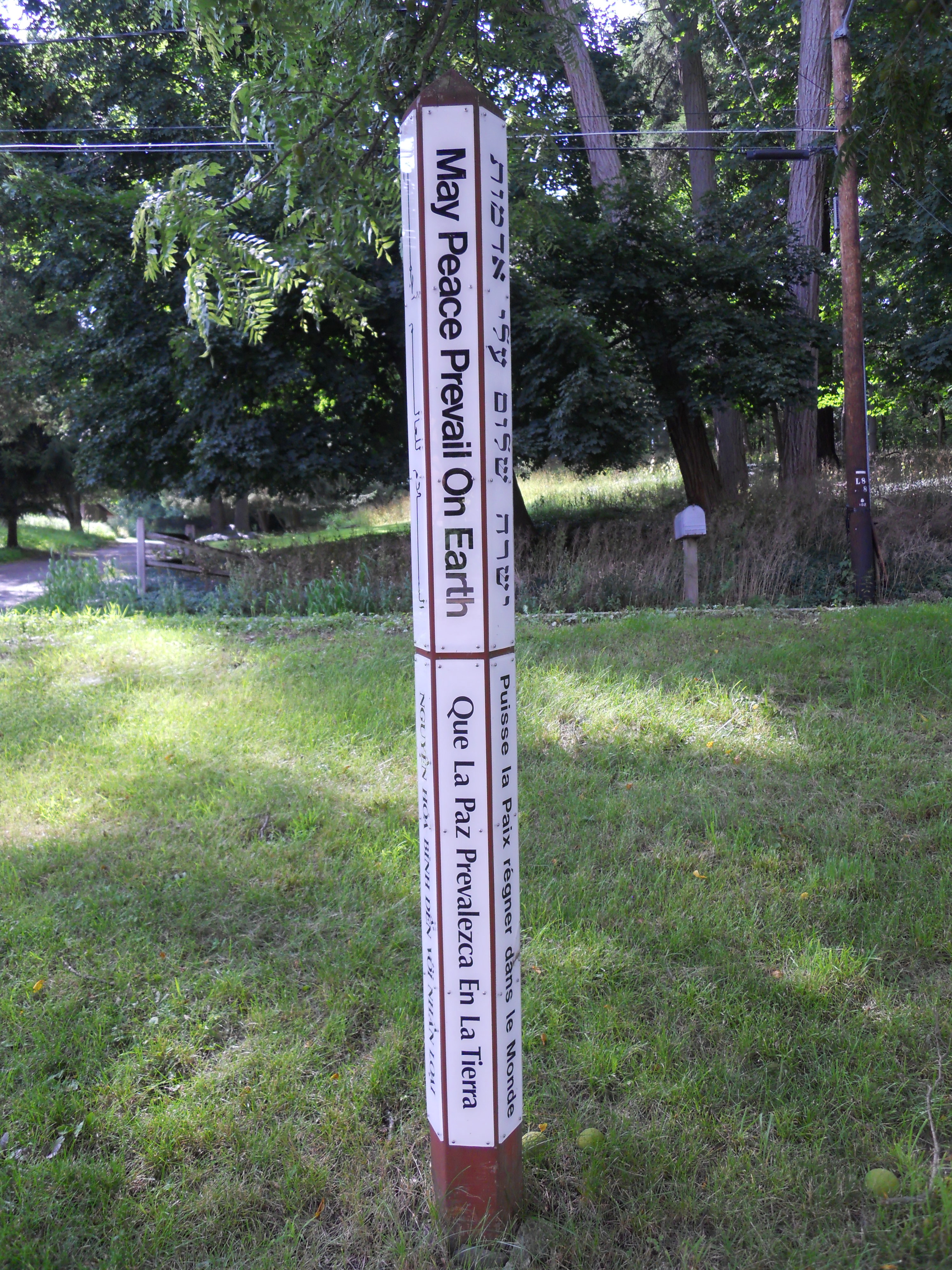Several teachers asked me: “How do you get students to question, or ask questions?” I often say that, to start any unit or start the school year, find out what questions students have about the subject. What do they want or feel a need to know? But, students don’t always know or won’t say. Their questions are not always clear to them. The same for most of us. So, what then?
What do you do when you’re unsure about what you feel or think, or you don’t know what’s bothering or driving you? In other words, how do you hear what you’re saying to yourself? Or, how do you improve your ability to listen, not just hear; to see, not just look? That’s a big question, bigger than I can answer.
Some people think a question is a sign of ignorance. Actually, it’s a sign of strength. A question is halfway to an answer. You need to recognize that you don’t know in order to come to knowing or to changing a viewpoint. So, teach and learn how to live with not-knowing and to live with questions.
One important element of teaching questioning in school is creating an environment or school culture that honors questioning and honors student voices, both in and out of the classroom. For example, a democratic school honors student voices and gives students a sense that their viewpoints are important. If they think their views are important, they will be more motivated to listen to themselves. If the school does not give students a sincere voice, students have more of a struggle to recognize value in their own mind and heart.
But what if you don’t have or can’t create a democratic school? Or even if you do, it’s not enough. The teacher in a classroom can model asking and listening– and questioning. Teachers should make their thinking visible, so the student can do the same. When teachers enter the classroom as if they are guides to learning, not know-it-alls; if teachers admit they lack knowledge and have questions, students feel more inclined to do the same.
Teach model questions. For example, questions to ask when you’re discussing a topic or reading a text. Questions to ask to test the speaker and ones to ask to test your own understanding. My favorites are ‘what,’ and ‘why’ and then how. “What exactly was said? What was the context? What was meant?” And: “Why was it said? What reasons would/did the person give for saying it? What is the proof?” Then: “How did they or would you apply this?”
What you are after is interoception, a relatively new word that means “perceiving within,” or perceiving one’s internal state. Humans have evolved brain systems devoted to this skill. Interoception is crucial for thinking clearly and acting with awareness. Mindfulness or learning how to be aware moment-by-moment of thoughts, feeling, and sensations is one way to train interoception.
Another way is to pick up a pen and write down on a piece of paper exactly what you hear, now, in your mind, without editing. Write even your wonder about what you’re writing. And then read Writing Your Mind Alive, by Linda Trichter-Metcalf and Tobin Simon. It describes a practice of revelation and understanding called proprioceptive writing. The practice helped me find joy in writing, after I had lost it, and deepen understanding and self-trust.
Improvisational theatre games can be adapted to the classroom. They’re fun, and also teach you how to listen not only for your inner speech but for that of others. I’ll describe a few exercises I have used frequently in a classroom:
Show the class a photograph of a few people interacting in public. Ask students to study the photo and then write, “who-what-why;” who the people are, what they’re doing, and why they’re doing what they’re doing. Tell them to simply listen to their intuition and let their imaginations work.
Give students one word, one that easily evokes an archetype, such as ‘no’ or ‘wonder’ and ask them: say the word to yourself a few times. Then describe an imagined person who this word personifies. To take this to the next step, have students create three people, from three contrasting words, like ‘yes-no-maybe.’ Put these three in a situation and imagine what will happen.
A more physical exercise might be mirroring. Pair up students. Have the people face each other, hands up, palms toward the partner. You can begin by having one person act as the leader, and then switch back and forth until there’s no clear leader. When one moves, the other mirrors the movement. Make the movements fairly easy, at first. Do not lose eye contact or break the plane of the mirror.
Mirroring is a good way to introduce empathy training. There are many meditation practices to develop empathy and compassion. According to Paul Ekman, who has studied emotion extensively, empathy can take different forms. It begins with recognizing or reading what someone is feeling or thinking. It can then progress to “feeling with” another. Add caring and the willingness to act for another’s welfare and you have compassionate empathy. Add putting yourself at risk and you have altruism. Empathy is not “self-sacrifice” in the sense of not valuing your life. Instead, valuing (and clearly perceiving) the messages of your own mind and heart allows you to value the mind and heart of others, and vice versa.
To question, first listen. To listen, first care. To care—hopefully needs no further reason.



